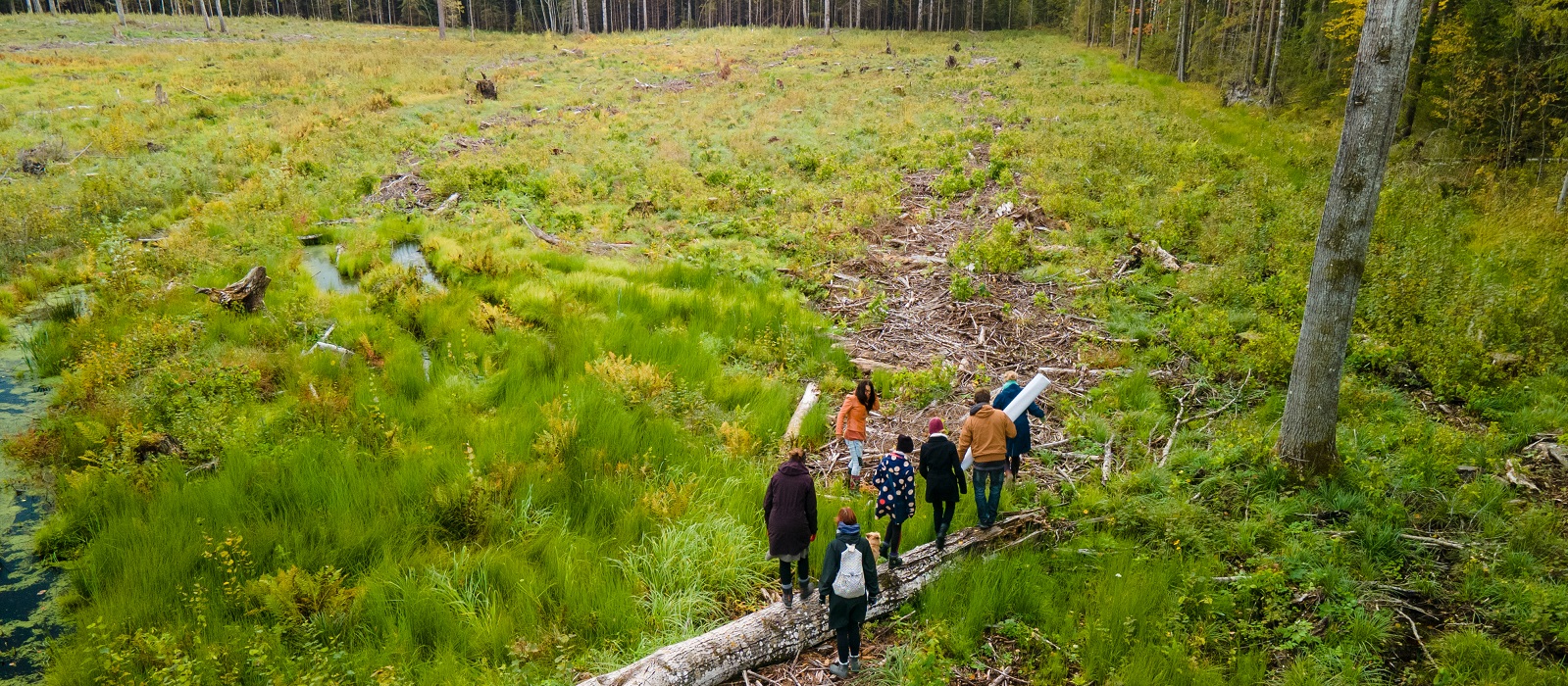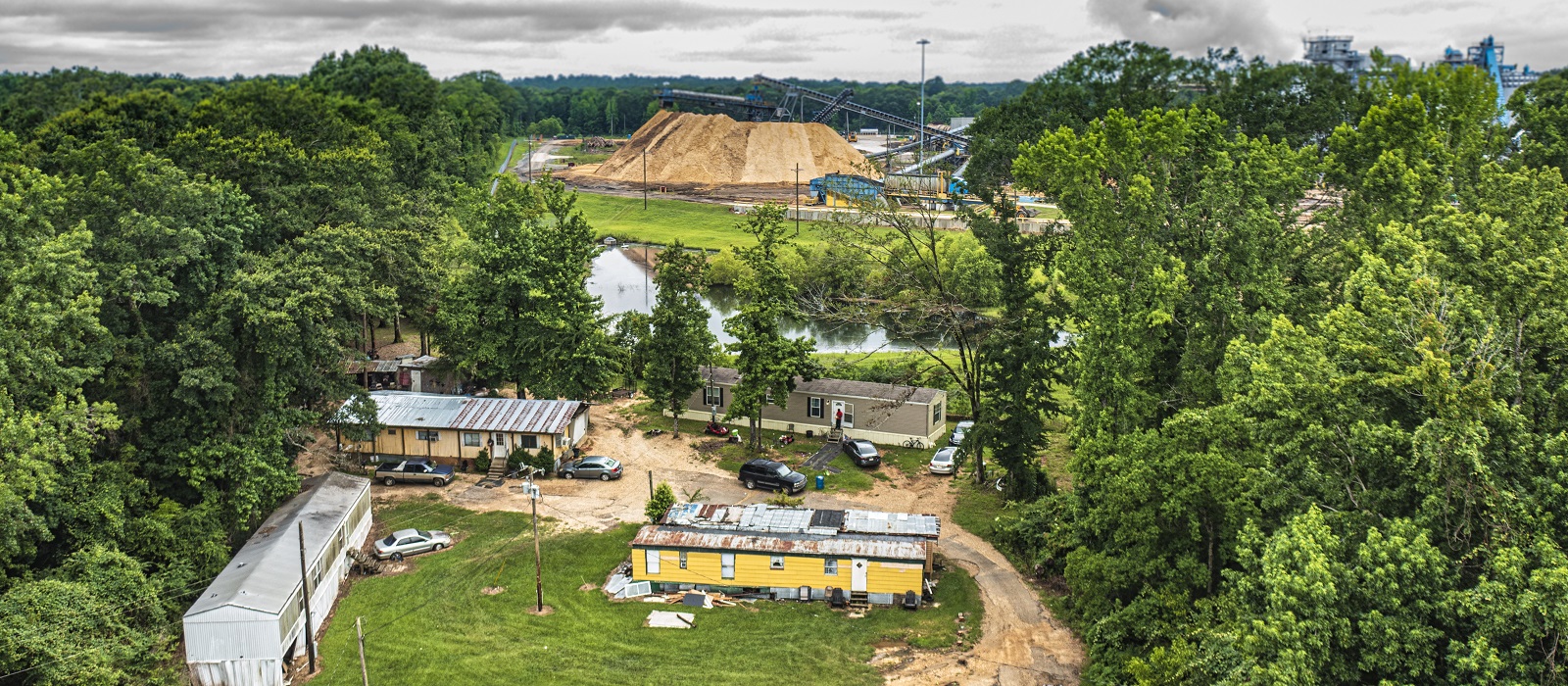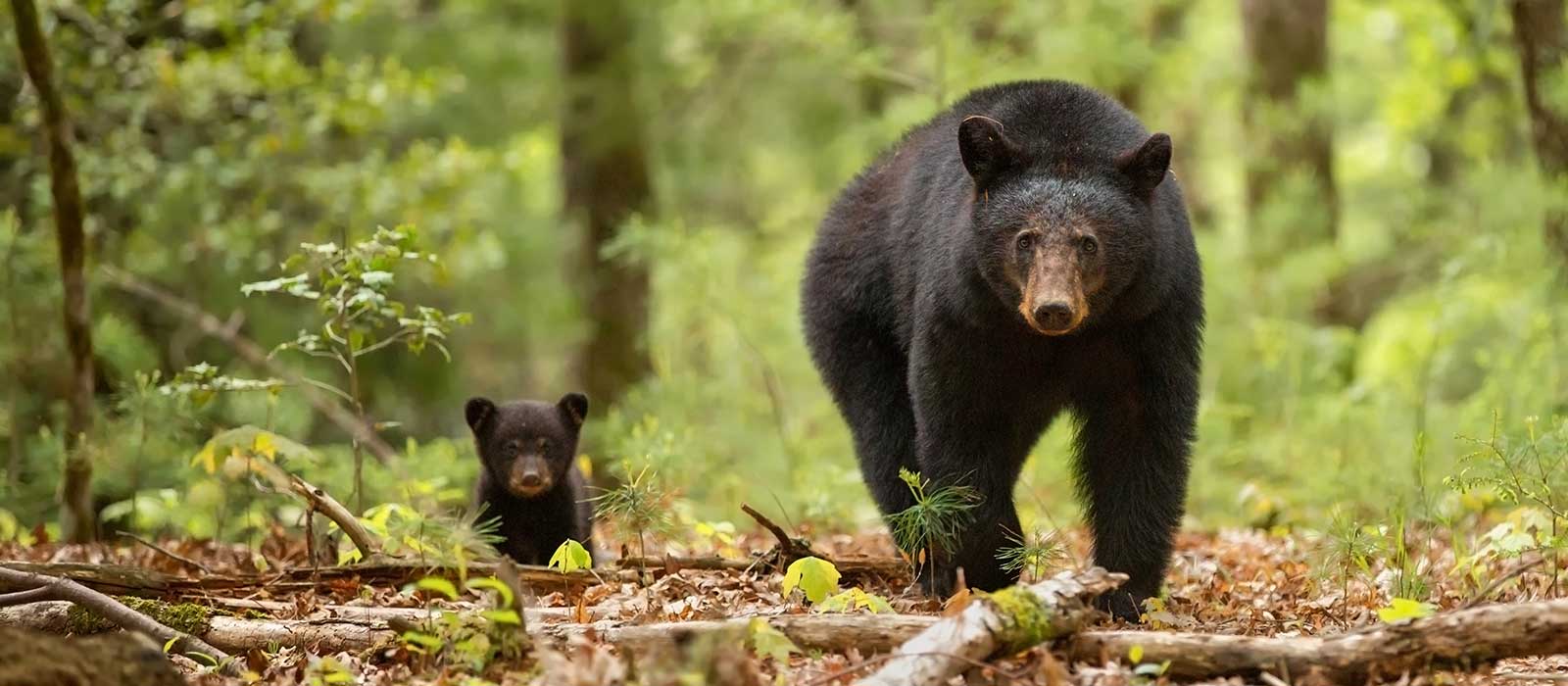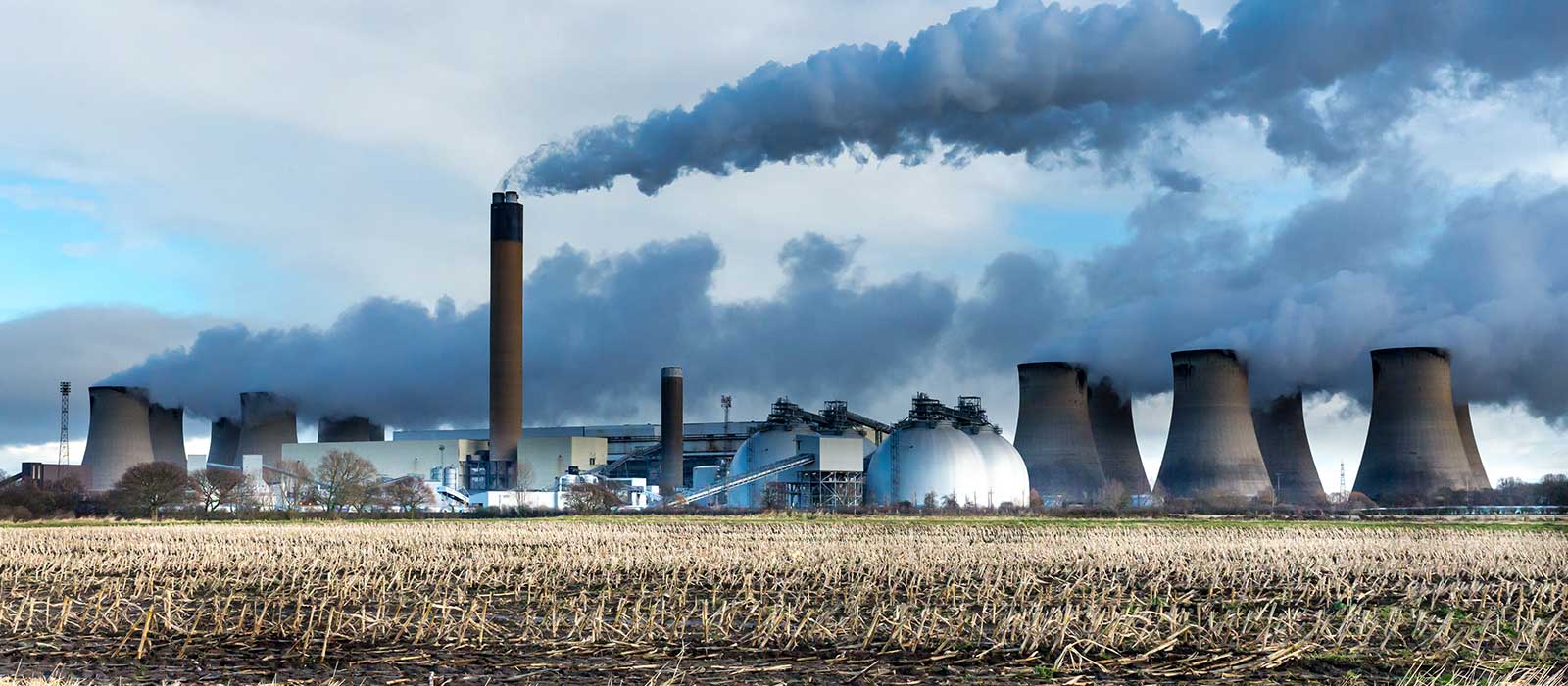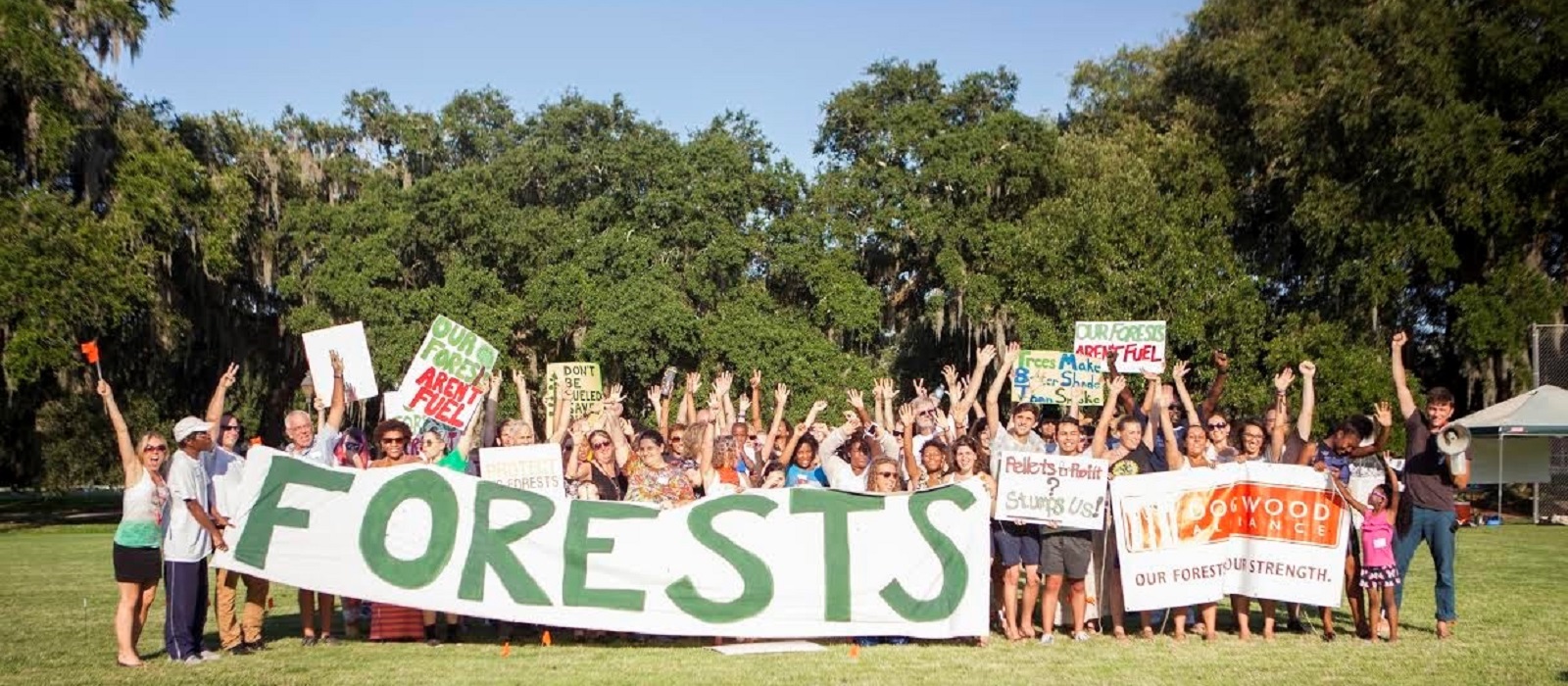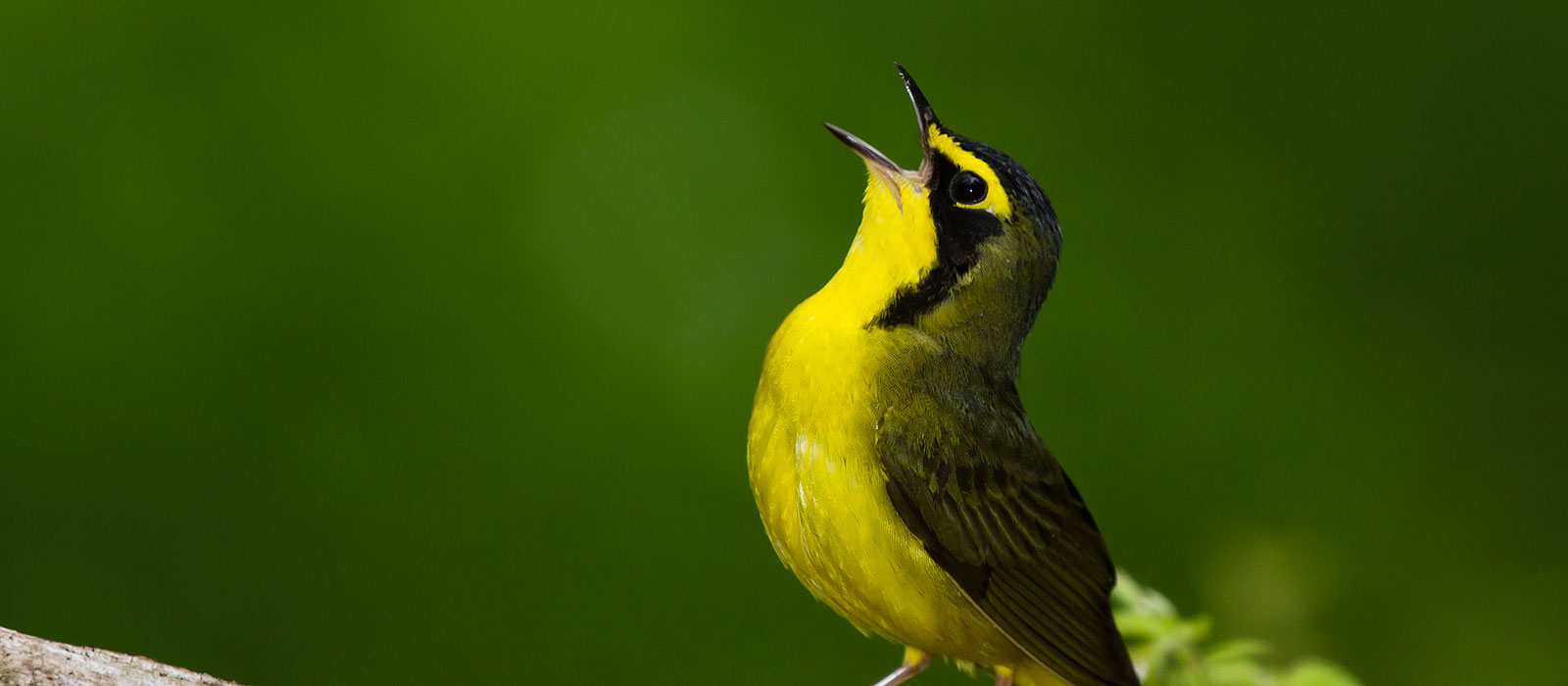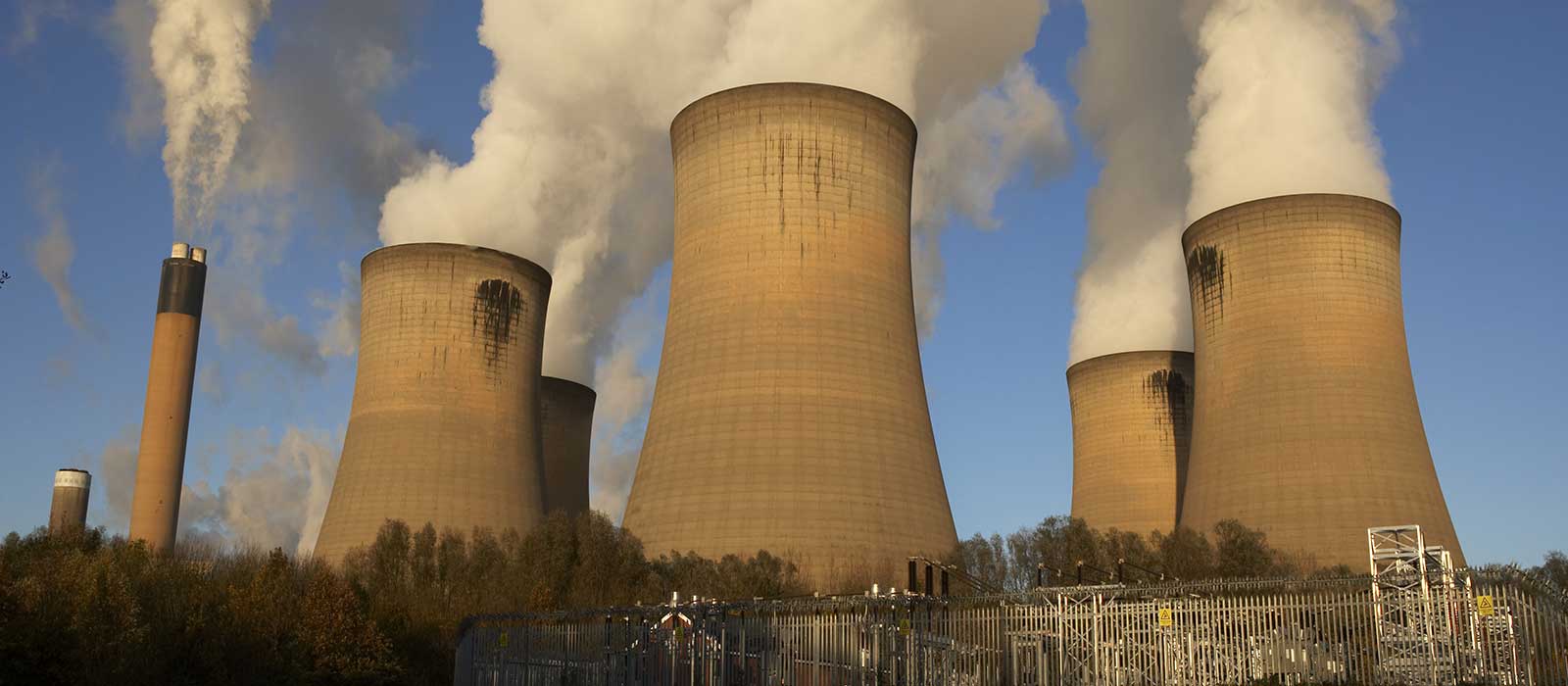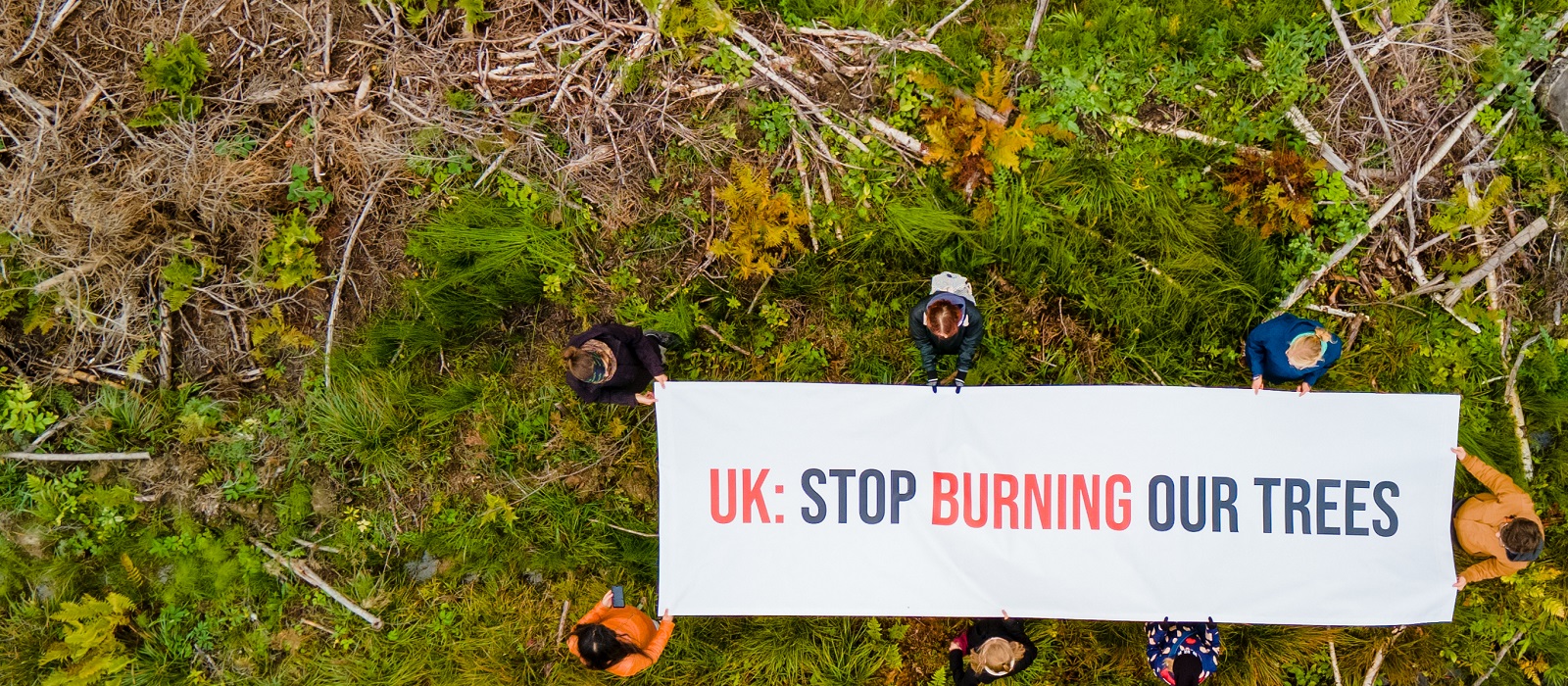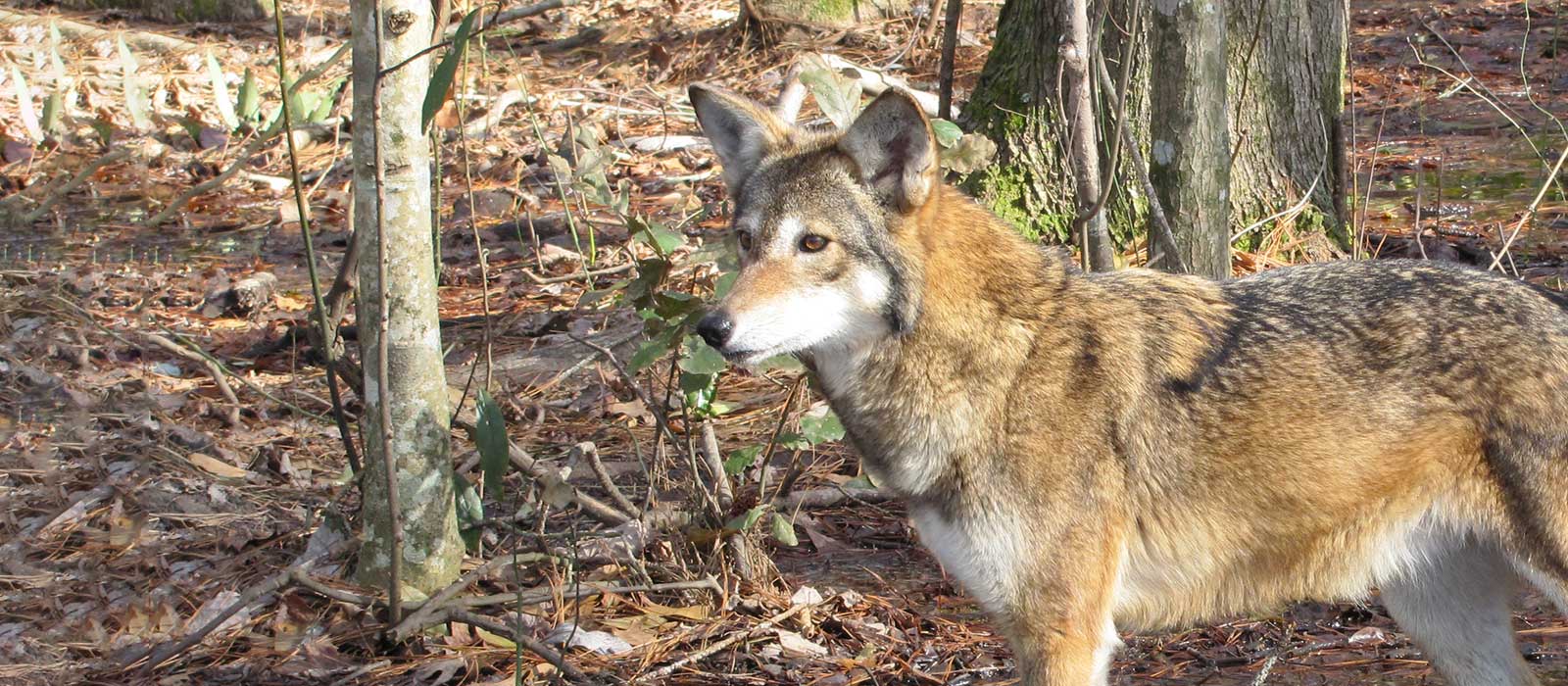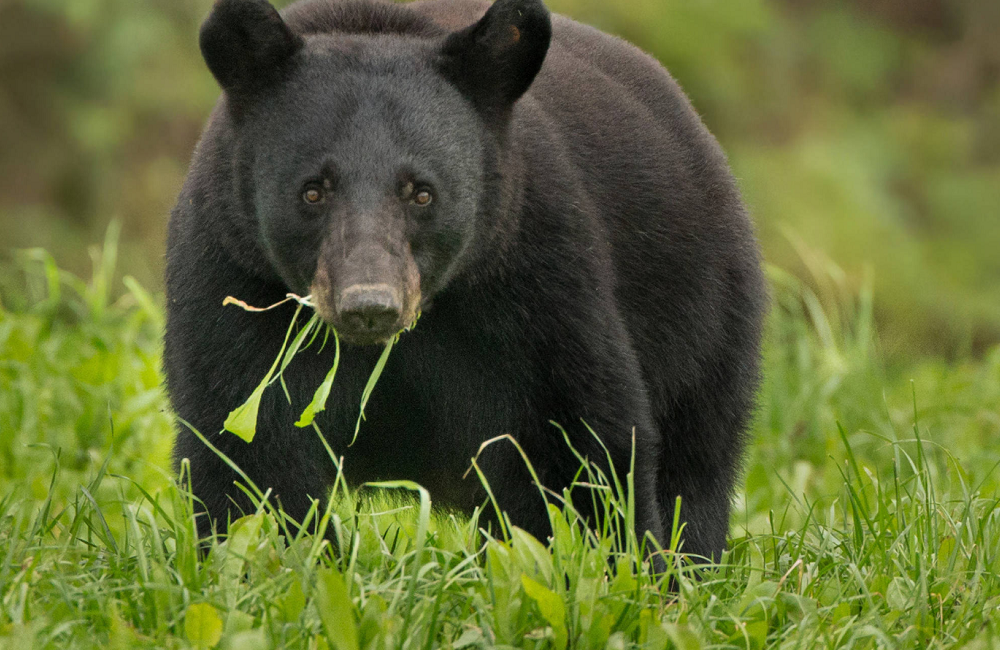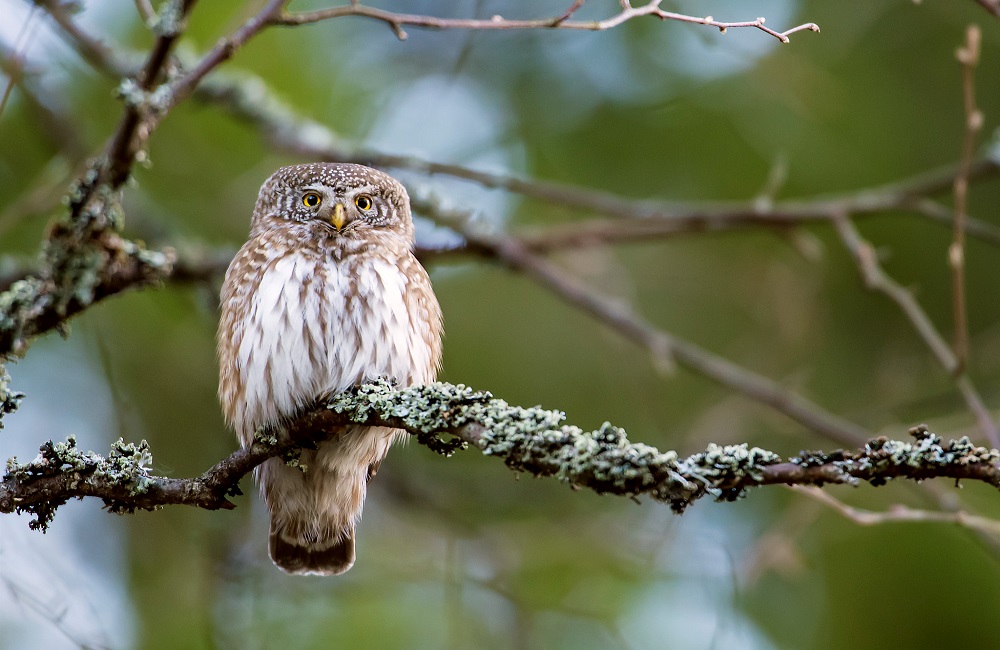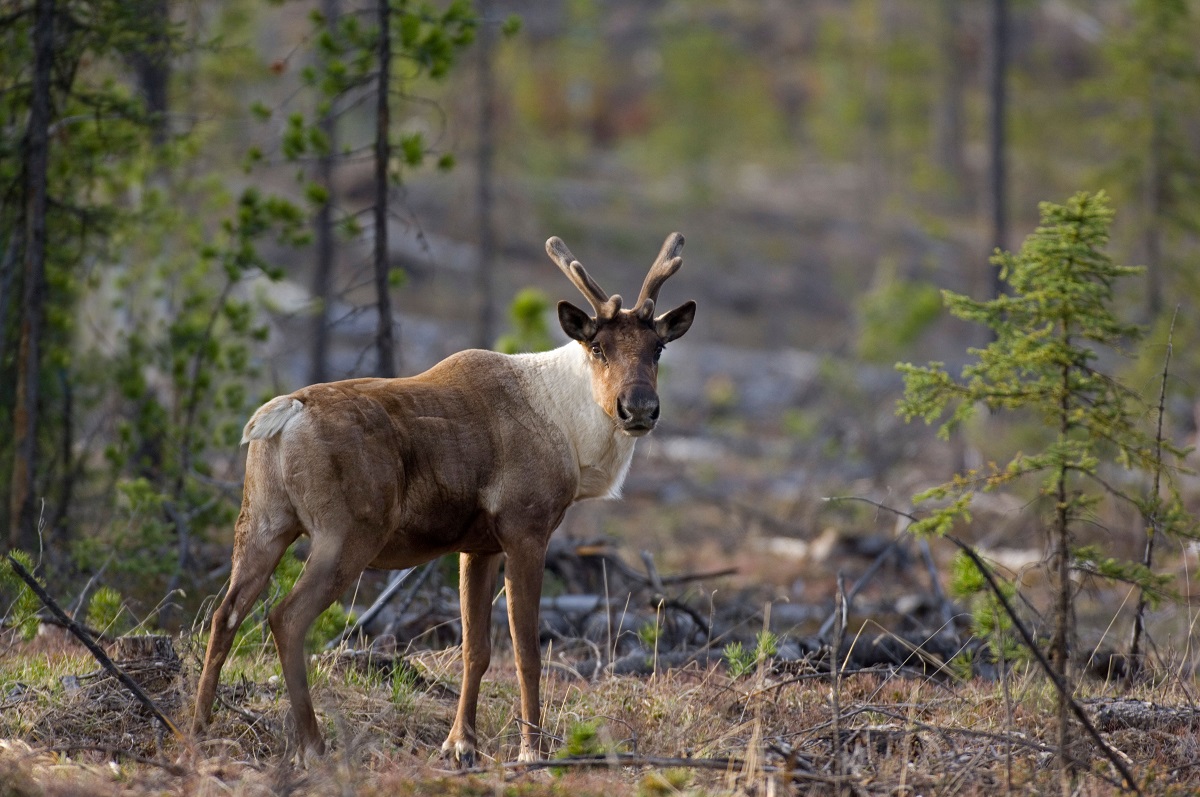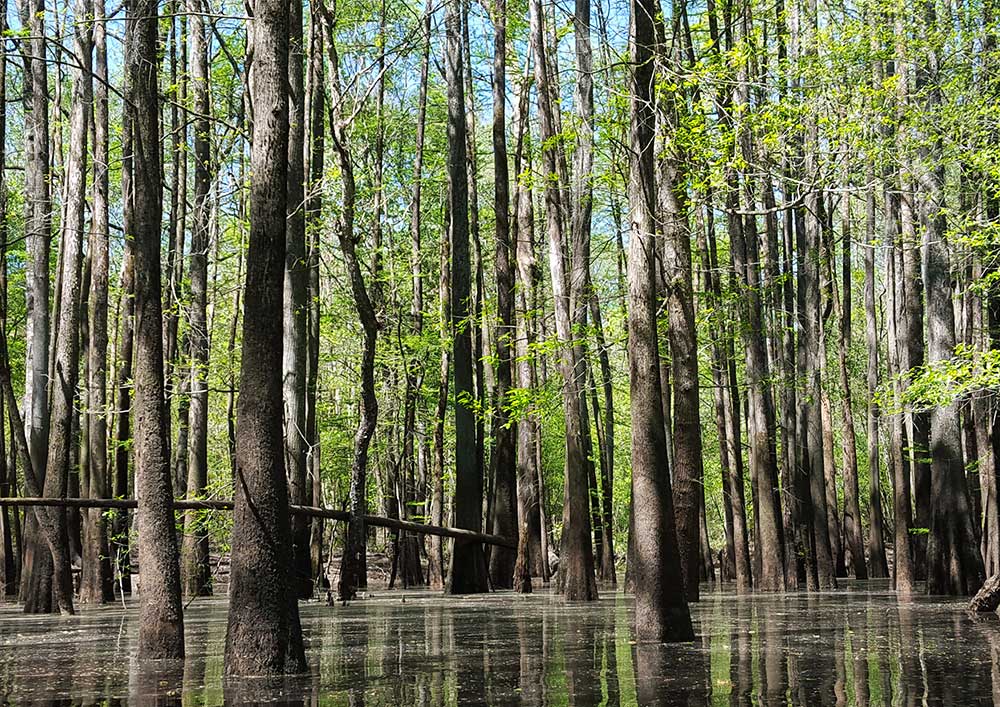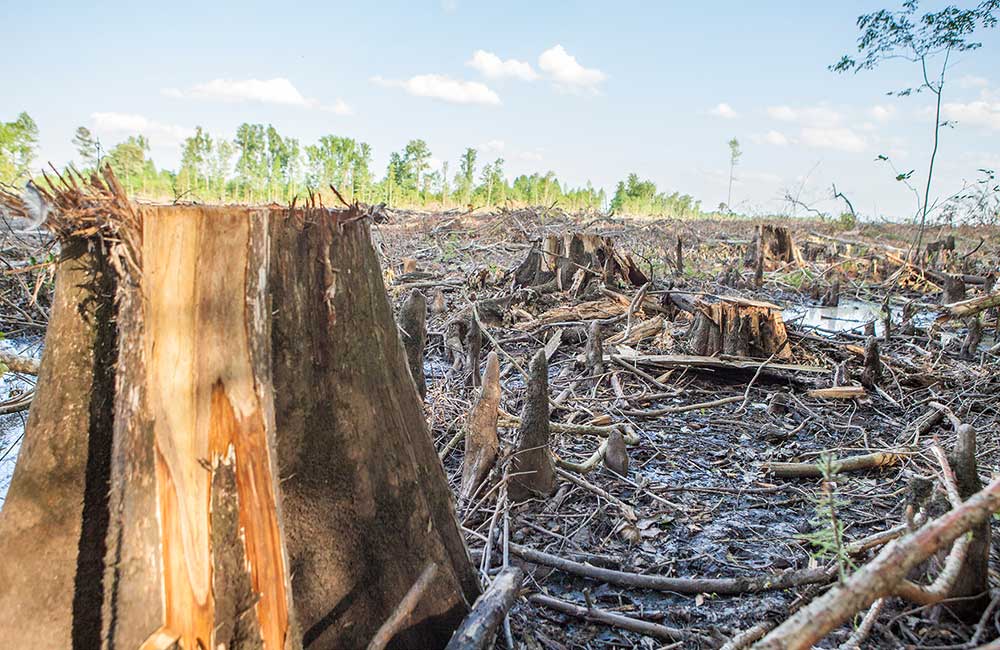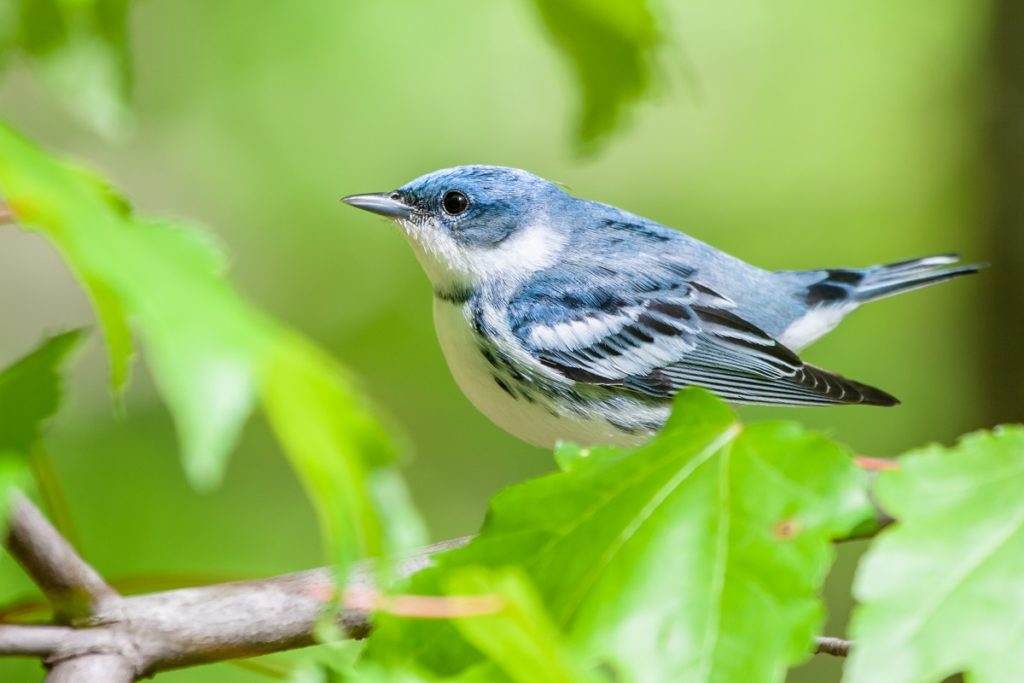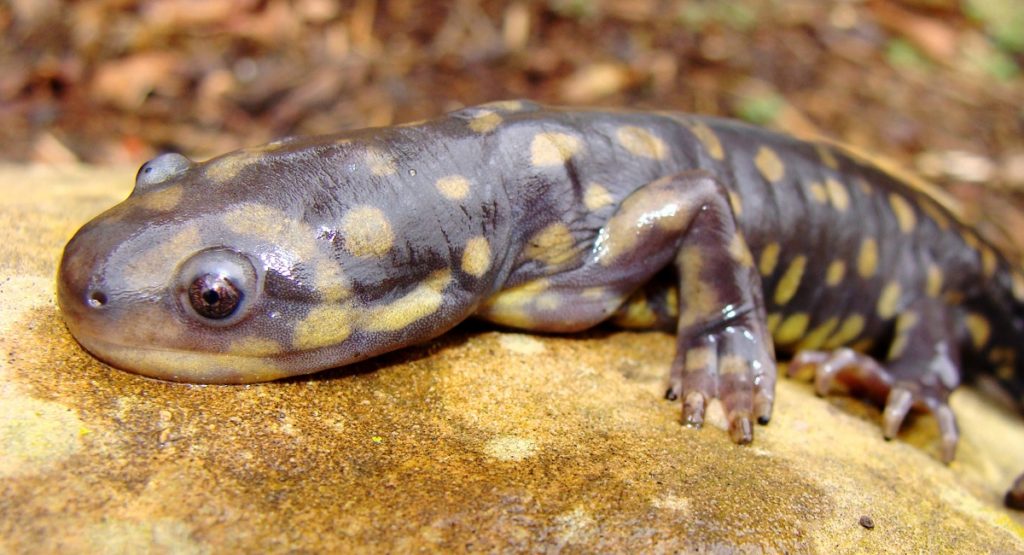We are in the midst of a global biodiversity crisis, caused mainly by changes in land and sea use, including forest destruction and fragmentation. Since 1970, the planet has lost 60 percent of its vertebrate wildlife populations, leading experts to warn that the annihilation of wildlife threatens civilization. Scientists predict this crisis will become even more dire, with the United Nations’ Global Assessment Report on Biodiversity and Ecosystem Services finding that a million species face extinction. This biodiversity crisis is endangering not only wildlife, but humans as well. We depend on biodiversity for the food we eat, the water we drink, the air we breathe, the medicines we take, and stable weather patterns, among other benefits.
Unfortunately, logging for biomass energy is accelerating the threat to forests and wildlife while scientists are calling for “transformative change”—not business as usual—to save our planet and ourselves. As the world’s top importer and subsidizer of biomass, the UK plays a huge role in this destruction.
Logging to feed the UK biomass energy market is harming forests around the world, including in the United States, Estonia, Latvia, Lithuania, and Canada, further threatening already-imperiled wildlife and ecosystems.



